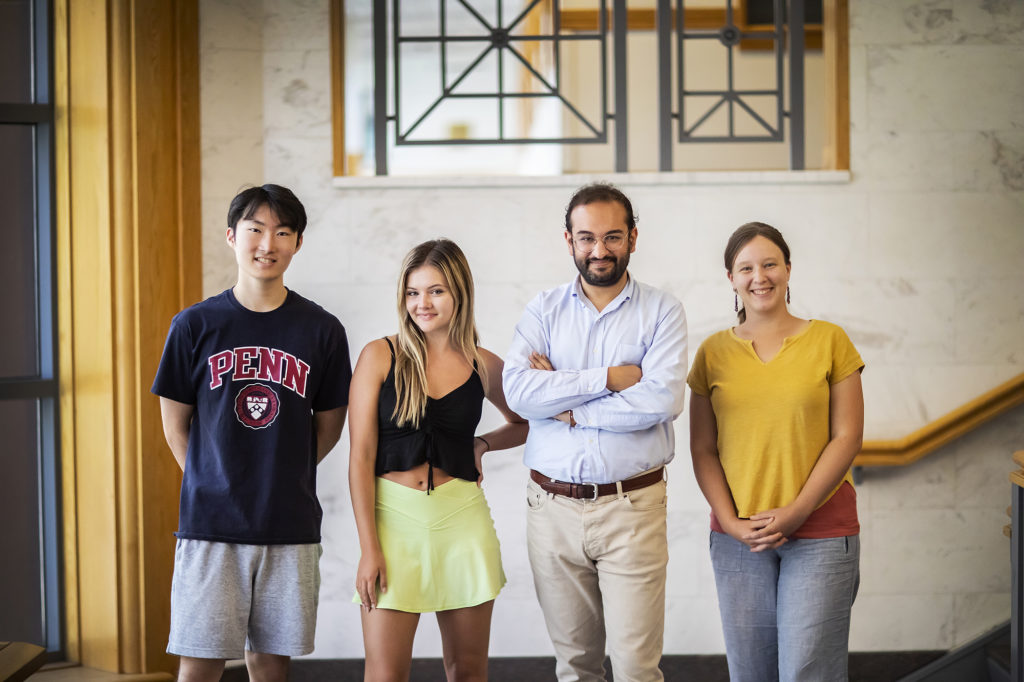
For nearly 40 years, geneticists have looked to ancient DNA to find answers about our modern condition. And, beyond just ancient DNA, research institutions—including Penn Medicine—have sought to sequence current human DNA to better understand how genetic variations affect health and disease.
What Iain Mathieson wants to do is compare the past and present to understand how certain genes have evolved, in the process shining new light on some of today and yesterday’s diseases.
“What we’re interested in is, ‘Can we say anything about the phenotypes of these ancient individuals?’” explains Mathieson, an assistant professor of genetics in the Perelman School of Medicine. “A lot of people are trying to use present-day genomes to discover genetic variants in people today that are related to specific diseases. [We want to see if] we can take that information and use it to say anything about the ancient people and their diseases. What we’re doing is combining ancient genomes with information about genetic variants and diseases from present day people to learn about disease in ancient people.”
This summer, Mathieson and postdoctoral researcher Samantha Cox are working with two rising second-year students to collate and analyze existing data from scientific literature conducted around the world. Carson Shin, of Herndon, Virginia, who is an anthropology major in the School of Arts & Sciences, conducts anthropological and archaeological literature reviews to find new archaeological and DNA data. Kaeli Kaymak-Loveless, a computer science major in the School of Engineering and Applied Science, then takes that data and tries to analyze it using the statistical computing program R. The students’ work is funded by the Center for Undergraduate Research and Fellowships.
While Mathieson is ultimately interested in answering big questions, like how the rise of agriculture influenced the genome, he’s first looking to see if his method for comparison works. He and his team of CURF interns are collating DNA data, tracking down information on skeletons, and determining height. They’re examining height in particular, Mathieson says, because there’s already a lot known about genetic variants and their relationship to height in present-day people. If they can accurately predict the height of ancient people through genetics, then, the next question becomes, “What else can we say?”
Continue reading at Penn Today.
